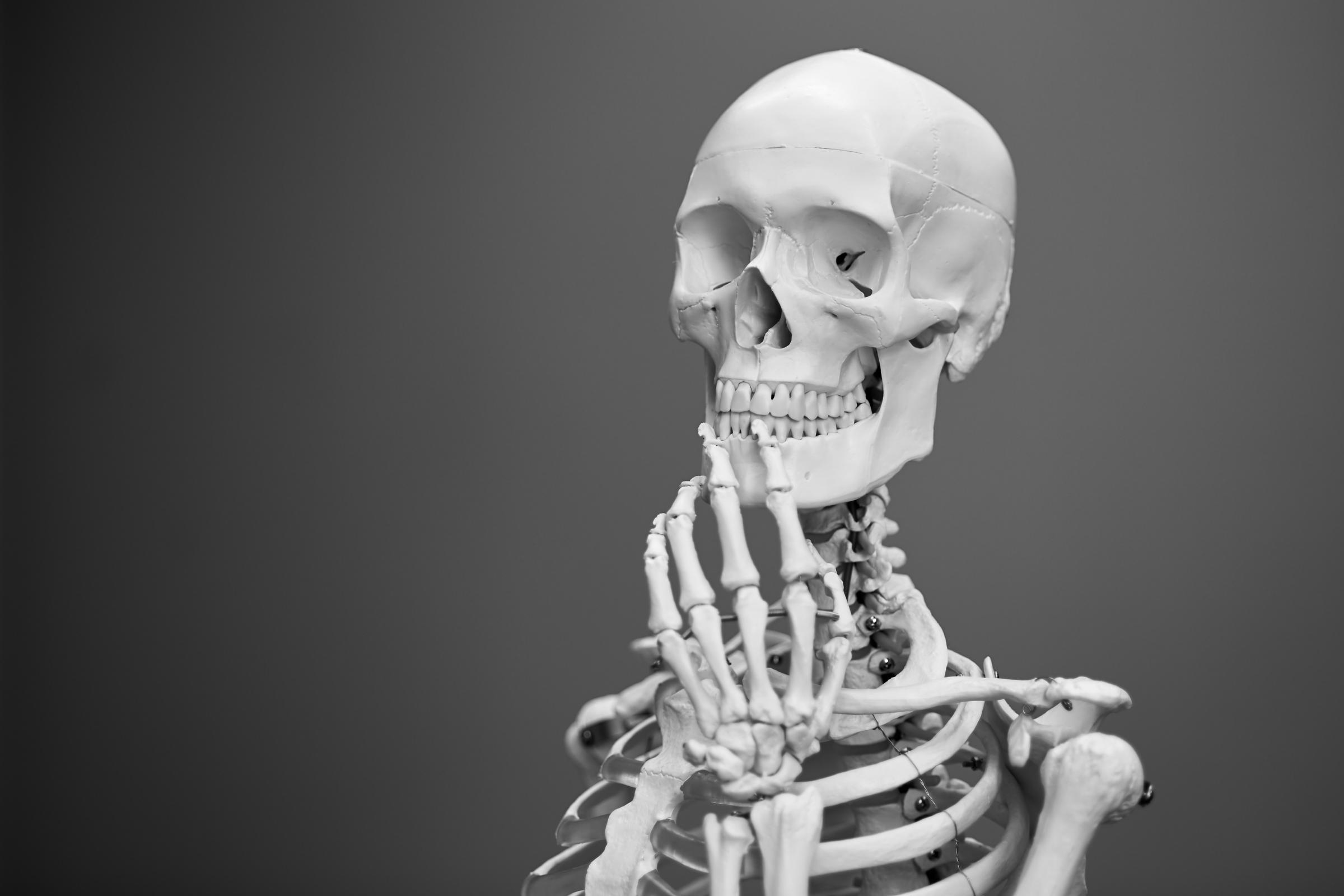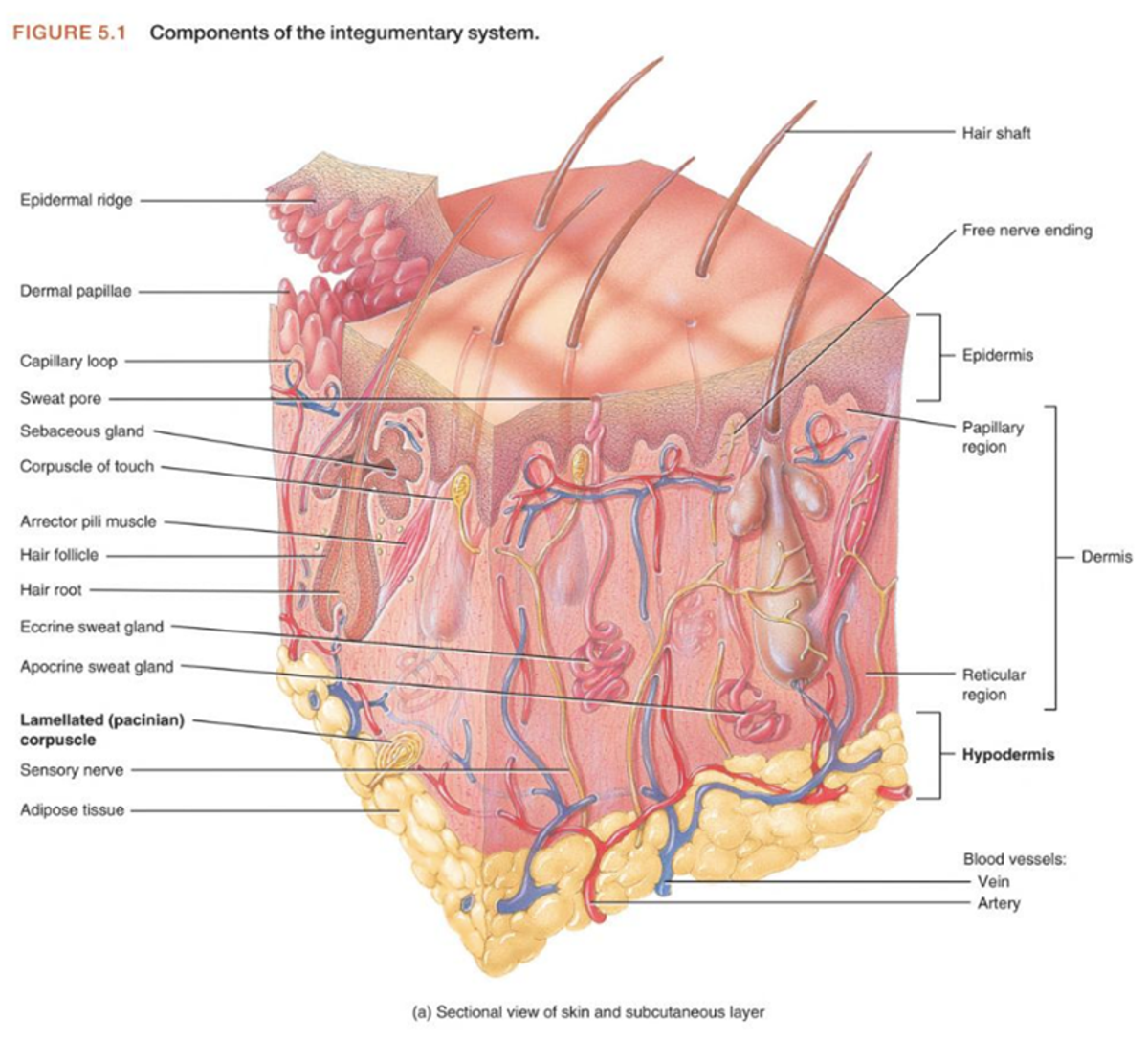Our Amazing Bodies

Here on the Amazing Bodies page, our School Nurse Kiera Heasly shares an amazing fact about the human body.
Did You Know?
Your skin is the largest organ of your body? It is the largest organ in surface area and weight and makes up approximately 7% of your total body weight.
The skin has many important functions and is made up of three main layers:
THE EPIDERMIS
The outermost layer of the skin, providing a waterproof barrier and contributing to skin tone.
It is further divided into five layers in areas of the body with thicker skin such as the palms of your hands and soles of your feet:
Stratum Basale: The deepest layer, responsible for producing new skin cells.
Stratum Spinosum: Provides strength and flexibility to the skin.
Stratum Granulosum: Contains cells that contribute to the waterproof barrier.
Stratum Lucidum: A thin, clear layer found only in thick skin.
Stratum Corneum: The outermost layer composed of dead skin cells that are regularly shed.
In all other areas, the epidermis has only four layers, lacking the stratum lucidum.
DERMIS
Is located beneath the epidermis and made up of two layers:
Papillary Dermis: The upper layer containing thin collagen fibres and responsible for our fingerprints.
Reticular Dermis: The lower layer composed of thick collagen fibres that provide strength and elasticity to our skin.
It also contains connective tissue, hair follicles, blood vessels, lymphatic vessels, and sweat glands to help our bodies work optimally.
SUBCUTANEOUS TISSUE [HYPODERMIS]
The deepest layer, made of fat and connective tissue, helps insulate the body and protect our underlying muscles and bones from damage.
Functions of the Skin
Protection: Acts as our protective shield for our body. The first physical barrier against microorganisms, dehydration, ultraviolet light, and mechanical damage.
Sensation: Helps us feel the perception of pain, temperature, touch, and deep pressure.
Mobility: Allows smooth movement of the body.
Endocrine Activity: Initiates the production of Vitamin D, essential for calcium absorption and normal bone metabolism.
Exocrine Activity: Exocrine glands in the skin secretes products like sebum, sweat, pheromones and other chemicals which help your organ’s function.
Immunity Development: Helps develop immunity against pathogens.
Temperature Regulation: Participates in thermal regulation by conserving or releasing heat and maintaining the body’s water and homeostatic balance.
Reference: https://books.google.com.au/books?hl=en&lr=&id=-uwGCwAAQBAJ&oi=fnd&pg=PA16&dq=anatomy+and+physiology&ots=8qhiE98oAU&sig=j_EIhu6XfDPf4Tq2PA45XJRaOg4#v=onepage&q&f=true
https://www.ncbi.nlm.nih.gov/books/NBK441980/#:~:text=The%20functions%20of%20the%2
Kiera Heasly
ENPS School Nurse


